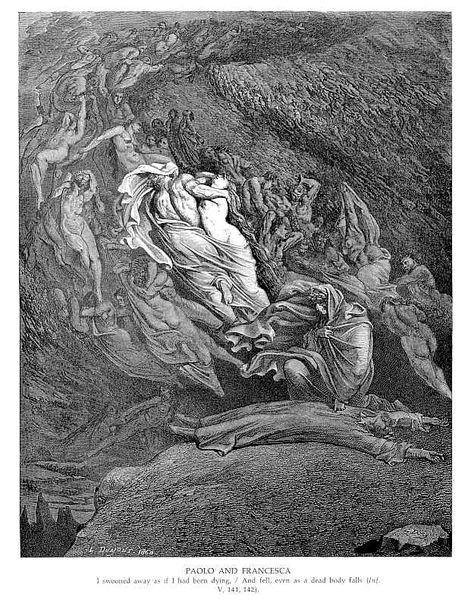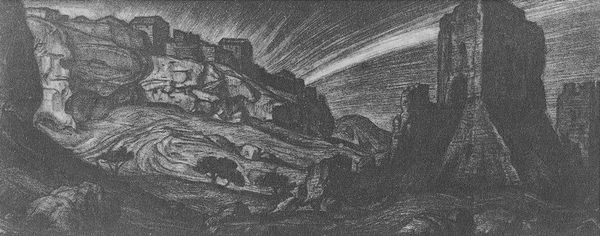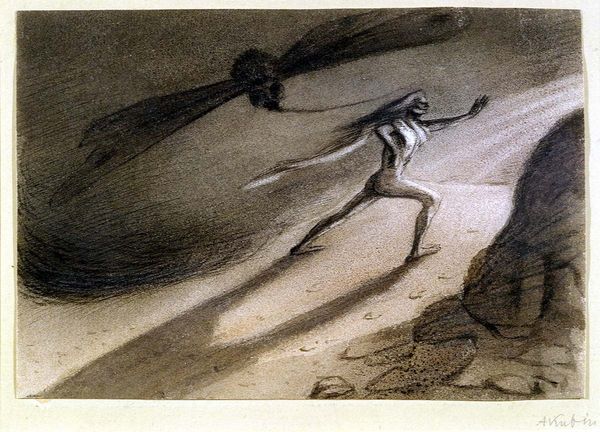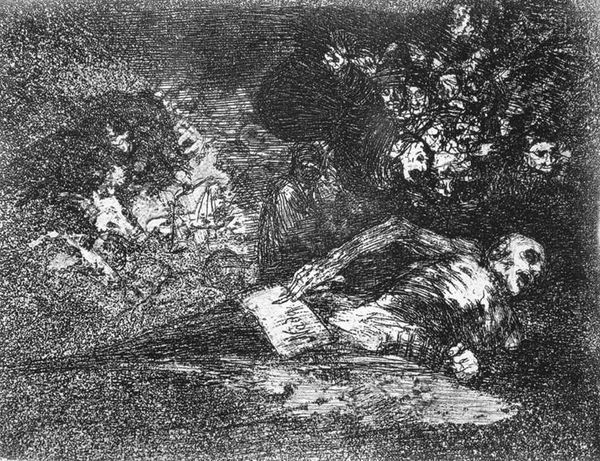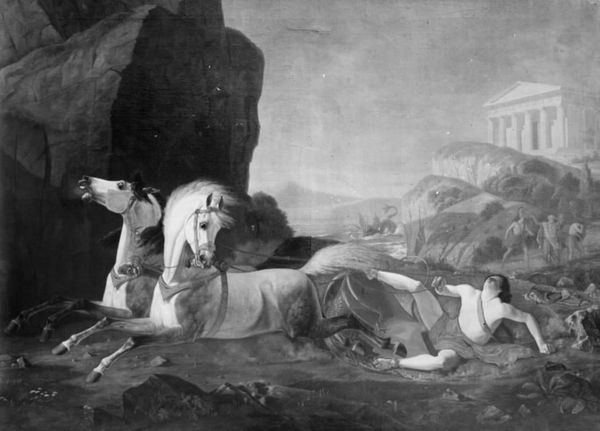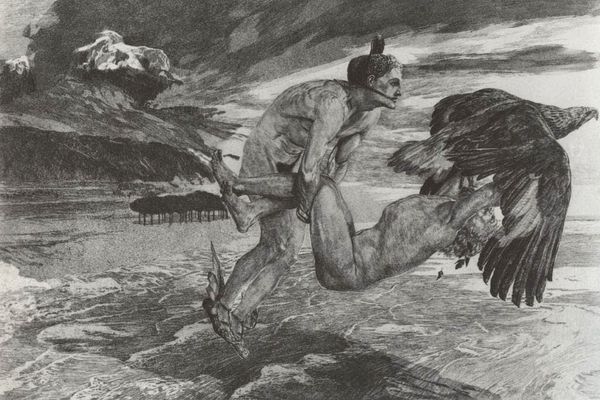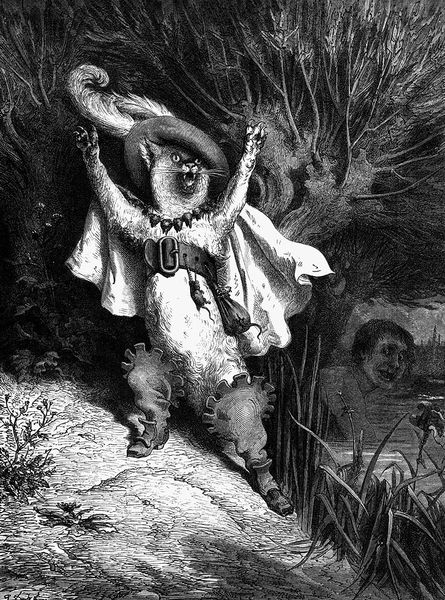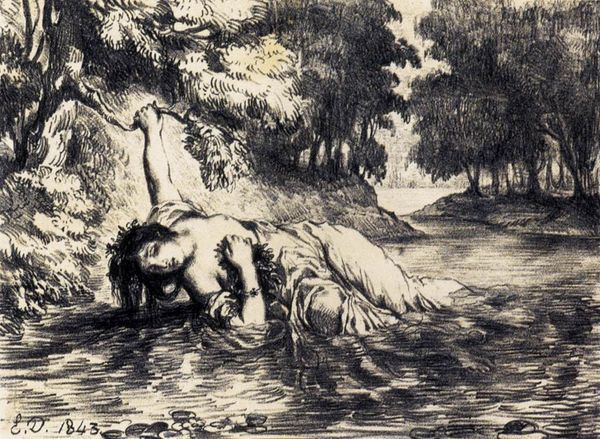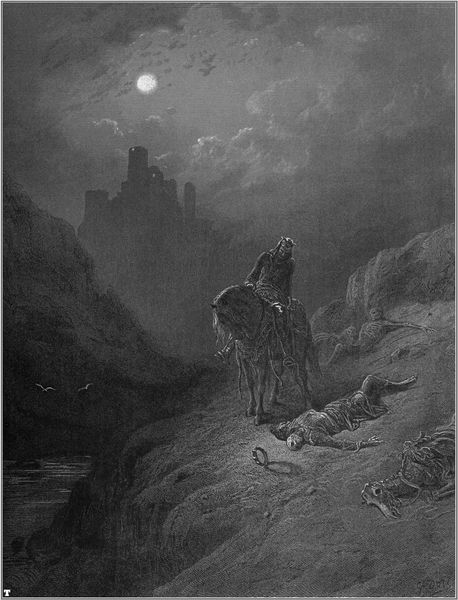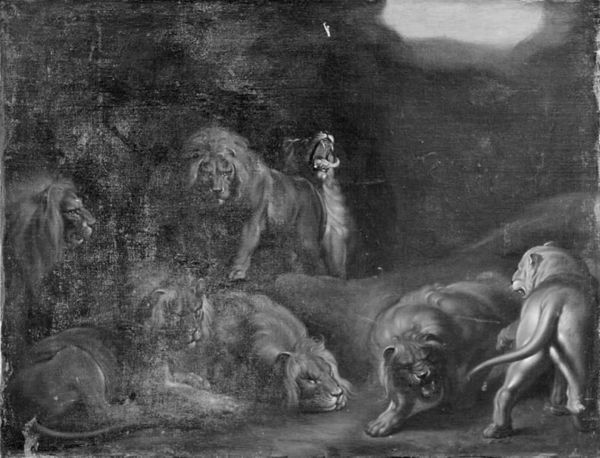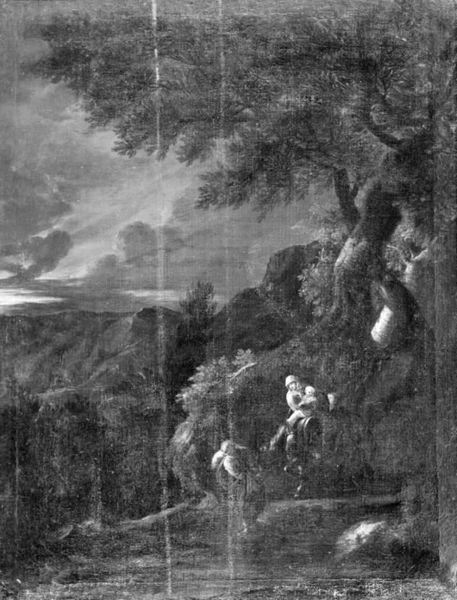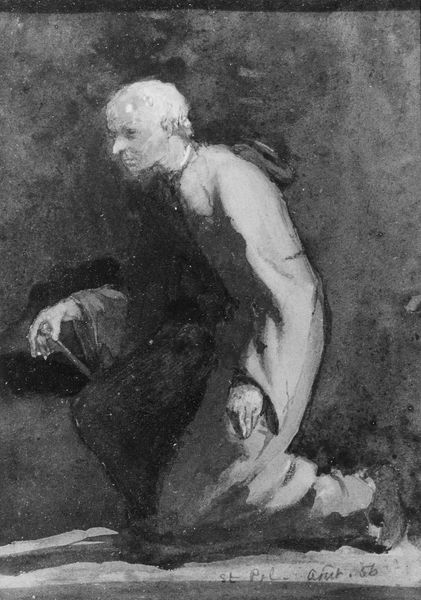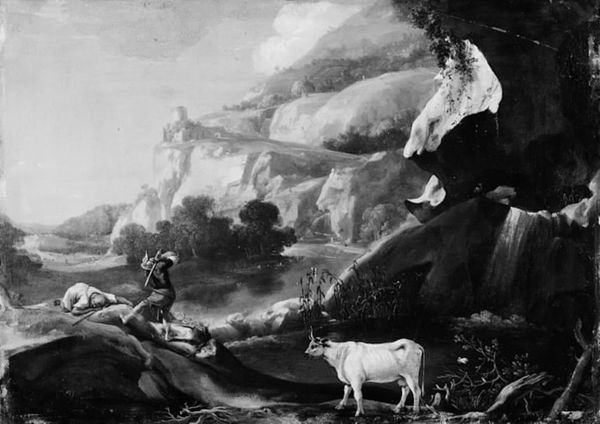
drawing, graphite, charcoal
#
drawing
#
landscape
#
charcoal drawing
#
figuration
#
romanticism
#
graphite
#
charcoal
#
history-painting
#
academic-art
#
graphite
Dimensions: 9 5/8 x 13 13/16 in. (24.4 x 35.1 cm)
Copyright: Public Domain
Curator: We are looking at Robert Walter Weir's "Christ in the Garden of Gethsemane," a work dating from the 19th century, now residing at the Metropolitan Museum of Art. Weir employs graphite and charcoal in this emotionally charged figural drawing set within a romantic landscape. Editor: That is powerful, Curator. My immediate thought is how intensely private it feels. All that open space around the figure, and yet, the overwhelming sense is that we've stumbled upon something deeply personal. Curator: The materials themselves contribute to that feeling, I think. Charcoal and graphite—accessible, easily manipulated mediums—lend an immediacy and intimacy. It almost feels like a study, but one imbued with immense care, likely informing a larger piece perhaps, engaging themes present within the dominant academic and history painting styles of that time. Editor: Yes, accessible... I can imagine the artist wrestling with it, erasing, reworking... You feel the weight of the story he is trying to convey pressing down onto the page, through his labor. The starkness reminds me of quiet desperation, and the blurred background focuses everything right on Christ's figure on the rocks. Curator: Precisely! And the deliberate use of chiaroscuro—the strong contrasts between light and dark—intensifies the drama. Consider how this era of artwork acted as a bridge between traditional craftsmanship and mass cultural reproduction through emerging graphic means. The labor is less in gilding the image than in evoking specific affect and understanding of the human cost for those who encounter it. Editor: It's thought-provoking how a simple drawing, made with what some might consider humble materials, can evoke such monumental emotion. Even the choice of black and white… there’s an stark, moralistic dimension present. Curator: In examining art from this period, especially religious pieces, it is important to examine them not only within their aesthetic value, but how their circulation may have also worked to create shared moral and cultural experiences and norms during the height of mass literacy. Editor: Looking closer like that… I feel I can see it does something more than that now, something incredibly sensitive for the time it was produced within. A glimpse into something eternal and so, so human.
Comments
No comments
Be the first to comment and join the conversation on the ultimate creative platform.
